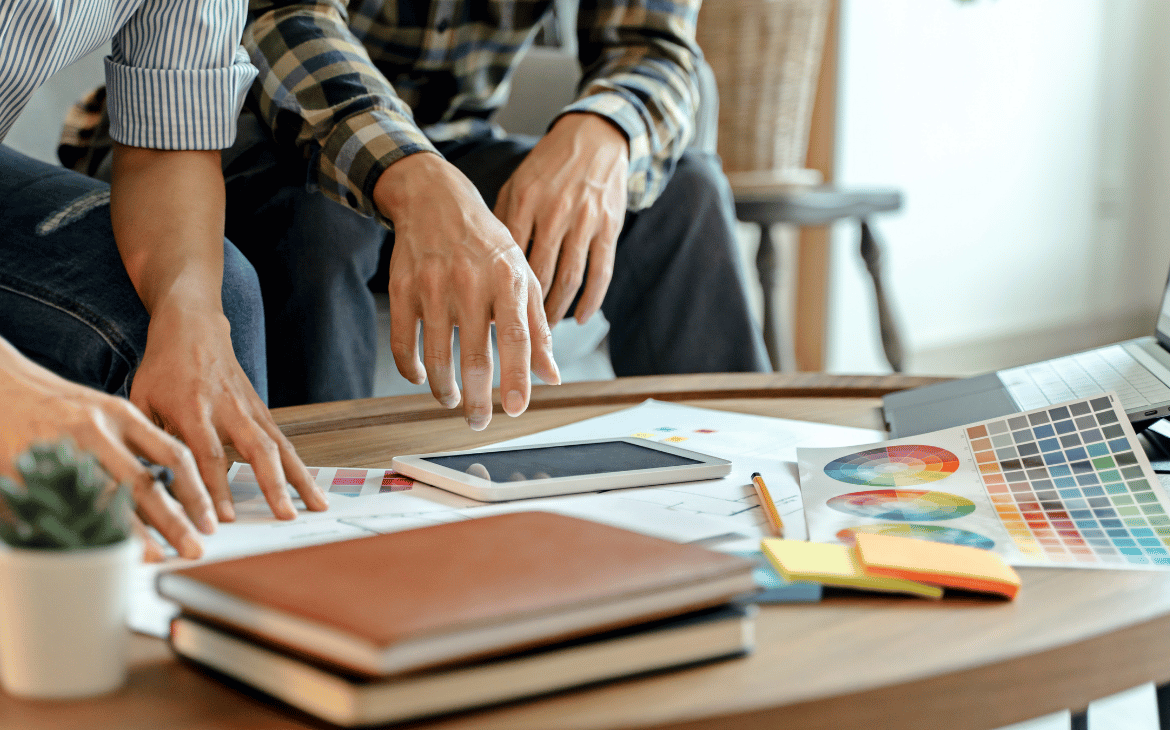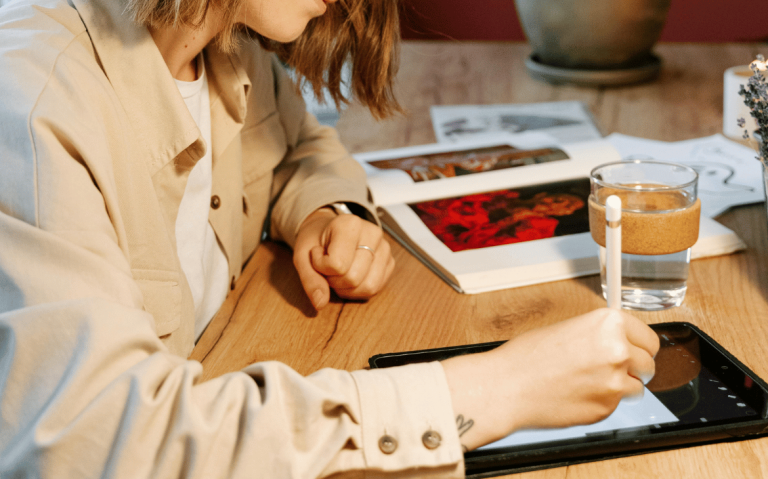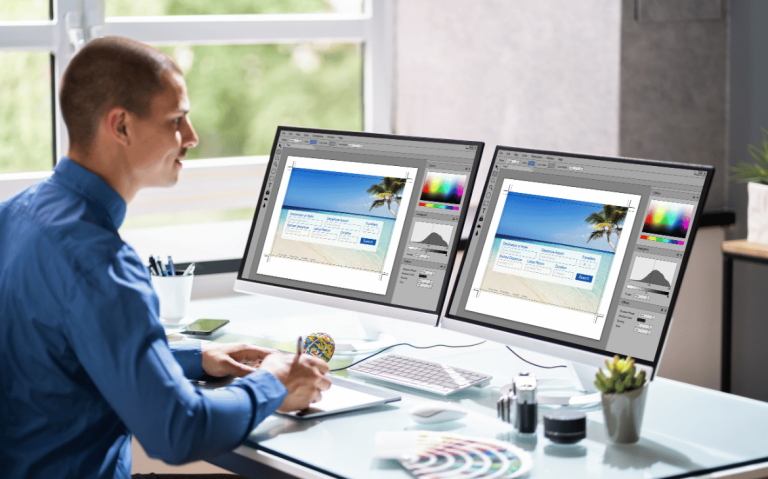In 2025, user expectations have evolved beyond functionality and aesthetics — they now demand emotional connections with the digital products they use. This is where emotional design comes in, shaping experiences that resonate deeply with users and make them feel understood, valued, and connected.
By leveraging psychology, visual storytelling, and user-centered strategies, emotional design transforms ordinary interfaces into memorable, human-focused experiences. This article explores why emotional design is the future of UX and how brands can use it to build loyalty, trust, and engagement.
What Is Emotional Design?
Emotional design focuses on creating products and interfaces that evoke feelings — whether it’s joy, excitement, trust, or curiosity. Coined by Don Norman, the concept highlights three levels of emotional engagement:
- Visceral: The first impression users get from visuals, colors, and layouts
- Behavioral: How intuitive and easy-to-use the product feels
- Reflective: How users remember the experience and connect with the brand emotionally
In essence, emotional design goes beyond usability — it creates experiences users care about.
Why Emotional Design Matters in 2025
In today’s crowded digital landscape, users interact with hundreds of apps, websites, and tools daily. Brands that succeed are those that trigger positive emotions and create personal, human-like experiences.
Key benefits of emotional design include:
- Improved engagement → Users spend more time interacting with emotionally appealing designs
- Higher conversions → Positive feelings increase decision-making confidence
- Better retention → Emotional connections make users more loyal to brands
- Stronger brand identity → Design creates a memorable emotional signature
By appealing to both logic and emotion, businesses create deeper, lasting relationships with users.
Strategies for Creating Emotionally Engaging UX
a) Use Color Psychology Effectively
Colors trigger emotions instantly. For example:
- Blue → Trust and reliability
- Red → Energy and urgency
- Green → Balance and growth
Choosing the right palette enhances brand personality and user connection.
b) Leverage Storytelling in Design
Integrate narratives, visuals, and animations to create a relatable journey for users, making interfaces immersive and memorable.
c) Focus on Micro-Interactions
Small details like hover effects, button feedback, and subtle animations create delightful moments that make users feel engaged and valued.
d) Personalize the Experience
AI-driven personalization tailors content, recommendations, and layouts based on user preferences, making interactions meaningful and relevant.
Examples of Emotional Design Done Right
- Apple → Uses minimalistic, elegant design to evoke aspiration
- Spotify → Personalizes playlists like “Wrapped” to make users feel connected
- Airbnb → Uses human-centric imagery and storytelling to build trust and belonging
These brands succeed because they design with empathy — putting the user’s feelings first.
Final Thoughts
In 2025, emotional design is redefining the future of user experience. By combining aesthetic appeal, personalization, storytelling, and psychology, brands can create memorable digital products that delight users and inspire loyalty.
The most successful designs will be those that don’t just function well but also make users feel something. In a world full of digital noise, emotions are the ultimate differentiator.





